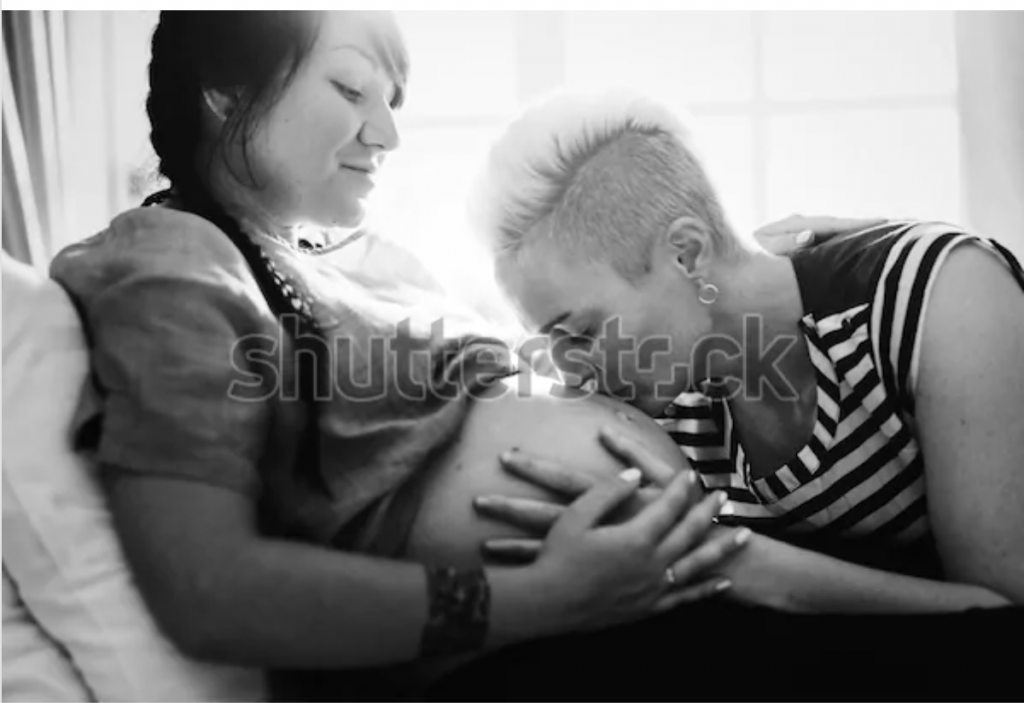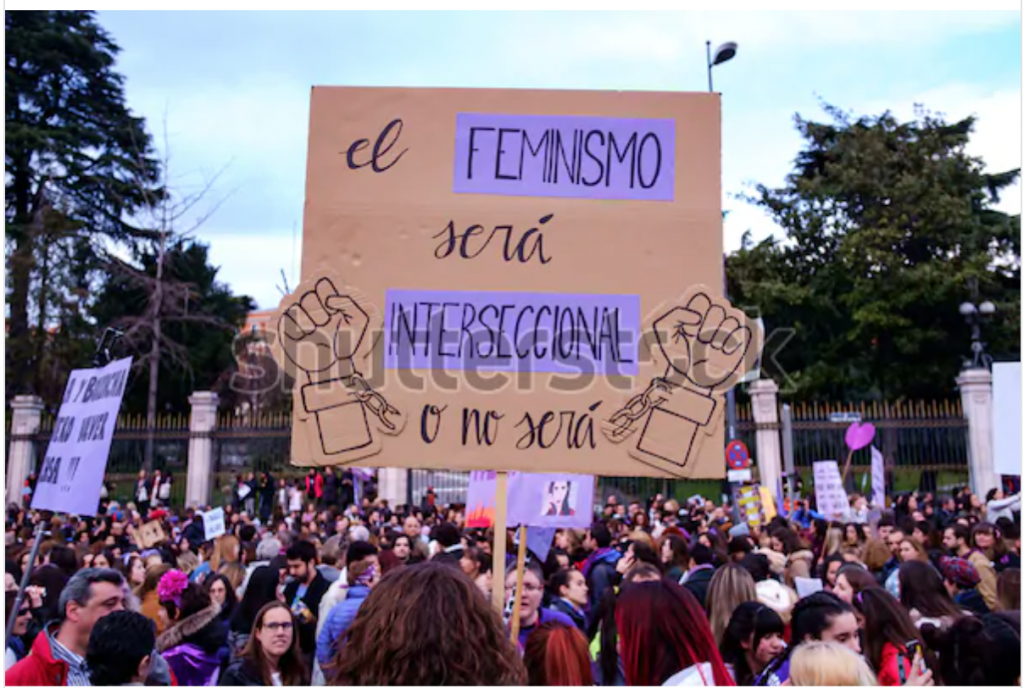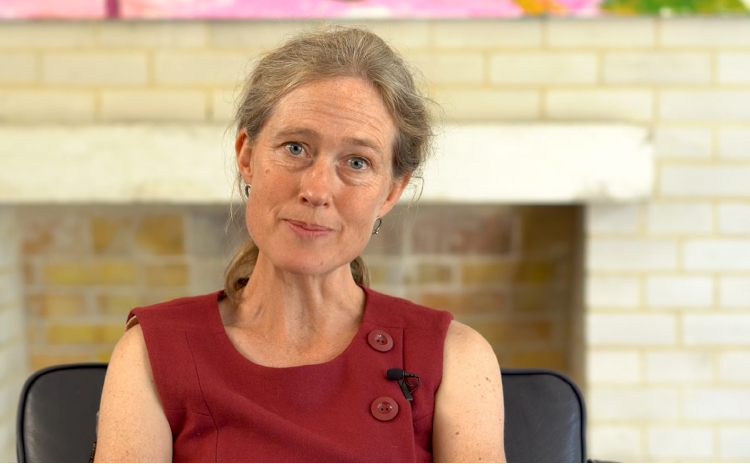LOOKING BACK HISTORICALLY…
As a feminist myself, I’d like to think that feminism is for the flourishing of humanity. It’s for our ability to live sustainably in our natural environment. It’s for freedom from violence for all. But if we look back historically, we can see feminists addressing that question of “Who is feminism for?” in very different ways. It’s one of the ironies of the feminist movement that it asked for inclusion in many different ways but sometimes practised its own forms of exclusion. Not everyone felt safe or welcome in feminist movements. If we want to think about that in a bit more detail, we might address the exclusions around sexuality, for example.

Lesbian, bisexual, queer women often felt that they weren’t welcome in a movement that seemed to be oriented to the needs of straight
women, and that led to enormous debates that came out very sharply in the 1970s over the controversial phrase “lavender menace” that Betty Friedan, the US National Organization for Women feminist leader, talked about. By lavender menace, she meant the problem of too many lesbian women becoming identified in the women’s movement and that leading to marginalisation of women’s voices. Lesbian and queer women in the movement felt extraordinarily hurt by that because the women’s movement was an important place in which ideas around women’s sexuality, women’s sexual pleasure, and lesbian and bisexual forms of sexual desire could be expressed and experienced.
INTERSECTIONALITY: DIFFERENT EXPERIENCES OF OPPRESSION

Sexuality proved to be a very painful ground of division. We can also see profound divisions around race and class within the movement. Also, divisions between women of colour and white women have been very long-standing around the languages, practices and priorities of feminisms. Should racial justice be always addressed alongside gender justice, or are they different struggles that sometimes point in different directions? Those have been the dilemmas for many within the movement. In recent years it has been very helpful to have the language of intersectionality to try to capture some of these tensions between different kinds of interests and agendas that feminists might have.
Intersectionality is the understanding of the way in which identities of race, class, sexuality, ability and age, amongst other factors, are intersecting to create very different kinds of experiences of oppression. This has been a real pushback against forms of feminism that try to universalise women’s experiences and speak for all women. Intersectionality was coined as a word and a concept by black feminist Kimberlé Crenshaw in 1989, and it’s been a very powerful tool for trying to work creatively around the questions of exclusion, inclusion, belonging and marginality that have always been present in feminisms and feminist movements.
